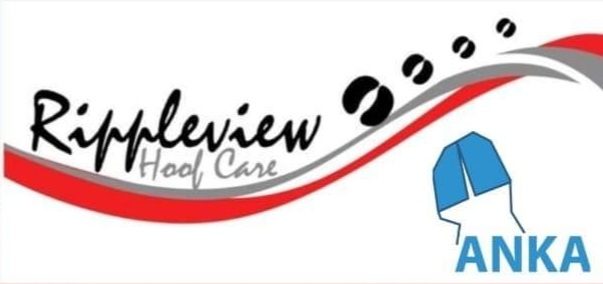A good start in life and lactation are paramount to dairy profitability, and Kathryn Proudfoot, assistant professor at Ohio State University, explored using cow behavior as a management tool for maternity pen design.
She presented her findings at the Great Lakes Regional Dairy Conference held earlier this year in Mt. Pleasant, Michigan.
Having experience with cows and knowing the cows’ preferences help producers make decisions on maternity pen design. Proudfoot posed the question to the producers in the room: “If a cow were to calve out on a large pasture, where would she go?”
The producer input matched up with the research; when cows began the calving process, they usually separated from the herd and went to the far corners of the pasture. “They also liked some cover above and dry, soft material on the ground,” Proudfoot said.
Calving preferences
While some dairies calve outside in warmer climates, Proudfoot said, “The majority of cows in the U.S. calve indoors so they can be protected from weather, protected from predators, and are either in individual pens or group calving pens.”
In a research project at the University of Tennessee, Proudfoot divided up a pasture into nine areas that included a calving pen inside a barn, an open pasture and some wooded areas toward the back of the pasture. The results show a 50-50 split between cows calving in the barn and those calving in the wooded area toward the back of the pasture.
“It turns out, it really depended on what the parity of the cow was,” Proudfoot explained. Cows that had calved before chose to calve in the barn, while first-calf heifers chose to calve in the back corner of the pasture.
Proudfoot thought the reason the heifers separated into the back of the pasture may have been caused by a stronger instinct to get alone by themselves, or they could have been disturbed by the older cows in the barn and wanted to get away from them.
In another research project, Proudfoot designed a large calving pen with a sheltered area and an open area to see where cows would choose to calve. They found the more populated the pen was, the more the cows tended to calve in the open areas as opposed to using the shelters.
They then created pens with gates at the opening to see where the cows would choose to calve within individual pens. They found cows chose to calve in the corner as opposed to the area near the gate opening.
Proudfoot pointed to another research project conducted in New Zealand, where cows spend most of their lives grazing in pastures. This study took a group of cows close to calving and let them graze during the day and then moved them to sawdust-bedded pens – called pads – at night.
In the pads, they created portable hiding places called hides and alternated the cows daily between the pad with hides and the pad without hides.
“Every other day, [they] alternated which pad got the hides and which pad didn’t, and then the cows would randomly go into each pad and then [they] would know where the cows would calve without a hide and where the cows would calve with a hide,” Proudfoot said.
The study revealed the cows that calved in the open pad liked being able to get to the wall – and particularly the corners of the pad. When they calved in the pads with the hides, they found the cows generally didn’t like the hides and didn’t use them when they calved. A bonus to their research was finding that, after cows calved in the pad with the hides, those cows took their calves into one of the hides.
The right timing
Moving cows into maternity pens is a common practice, but knowing the optimum time to move them without prolonging labor was the unanswered question. She said cows begin to move around about eight hours before they move into the three stages of calving.
In stage 1 labor, the calf is moving into position, and the cervix begins to dilate. Visible signs of this are: Cows are restless, they decrease their feed intake, their udder will begin to expand and suddenly become engorged, and their pelvic ligaments begin to relax.
Stage 2 labor is where the calf moves into the birth canal. Proudfoot said, “The landmark of stage 2 labor is being able to see the feet of the calf. At this point, the cow tends to lie down and sometimes straight out on her side as labor intensifies.” She will have a rhythmic movement in her abdomen as labor continues. “Research shows this is about 20 minutes to 70 minutes long,” she said. Stage 3 labor is when the placenta is released.
A research project in Denmark demonstrated that for cows moved to a maternity pen before labor or during early stage 1 labor, the length of labor was the same, but those cows who were moved in late stage 2 had a longer labor. They found there were no adverse effects when moving cows before the onset of labor or during stage 1 labor.
Proudfoot said in the last hour of labor, a cow should be lying down trying to deliver the calf, but if they are moved in late stage 2 labor, they are distracted and calving takes longer. This prolonged labor may also be associated with prolonged pain and inflammation as well as increased risk of calving difficulty and complications. Proudfoot also noted calving pens need to be in an area of the farm free of distraction and activity. ![]()
PHOTO: Cow behavior can be used as a management tool for designing maternity pens. Staff photo.

-
Melissa Hart
- Freelance Writer
- North Adams, Michigan
- Email Melissa Hart









